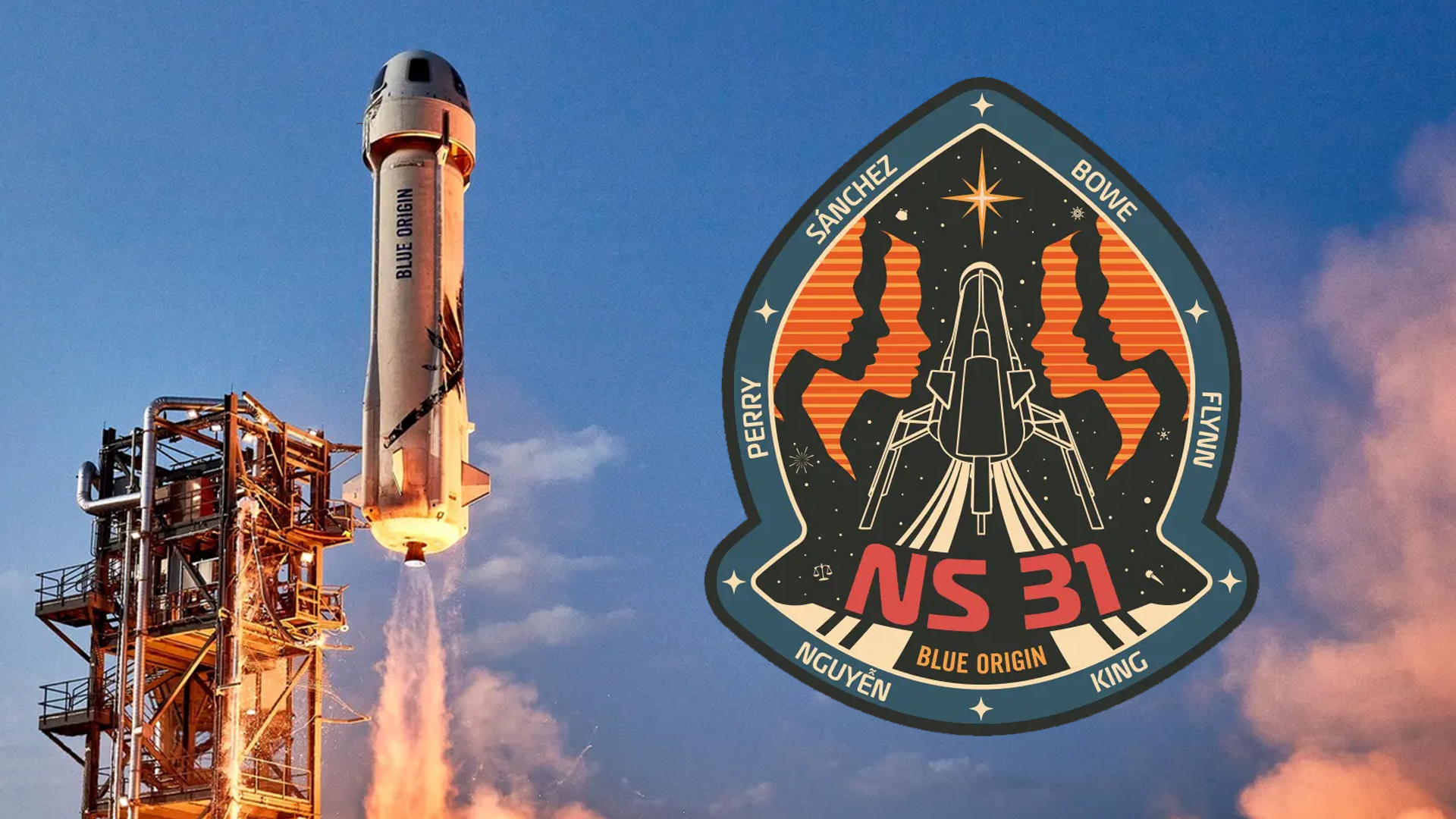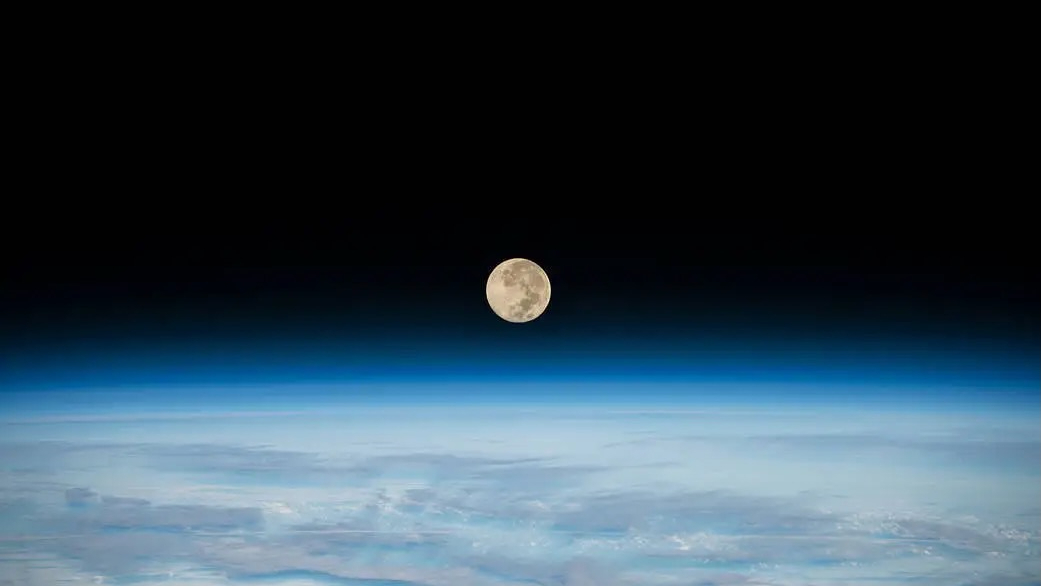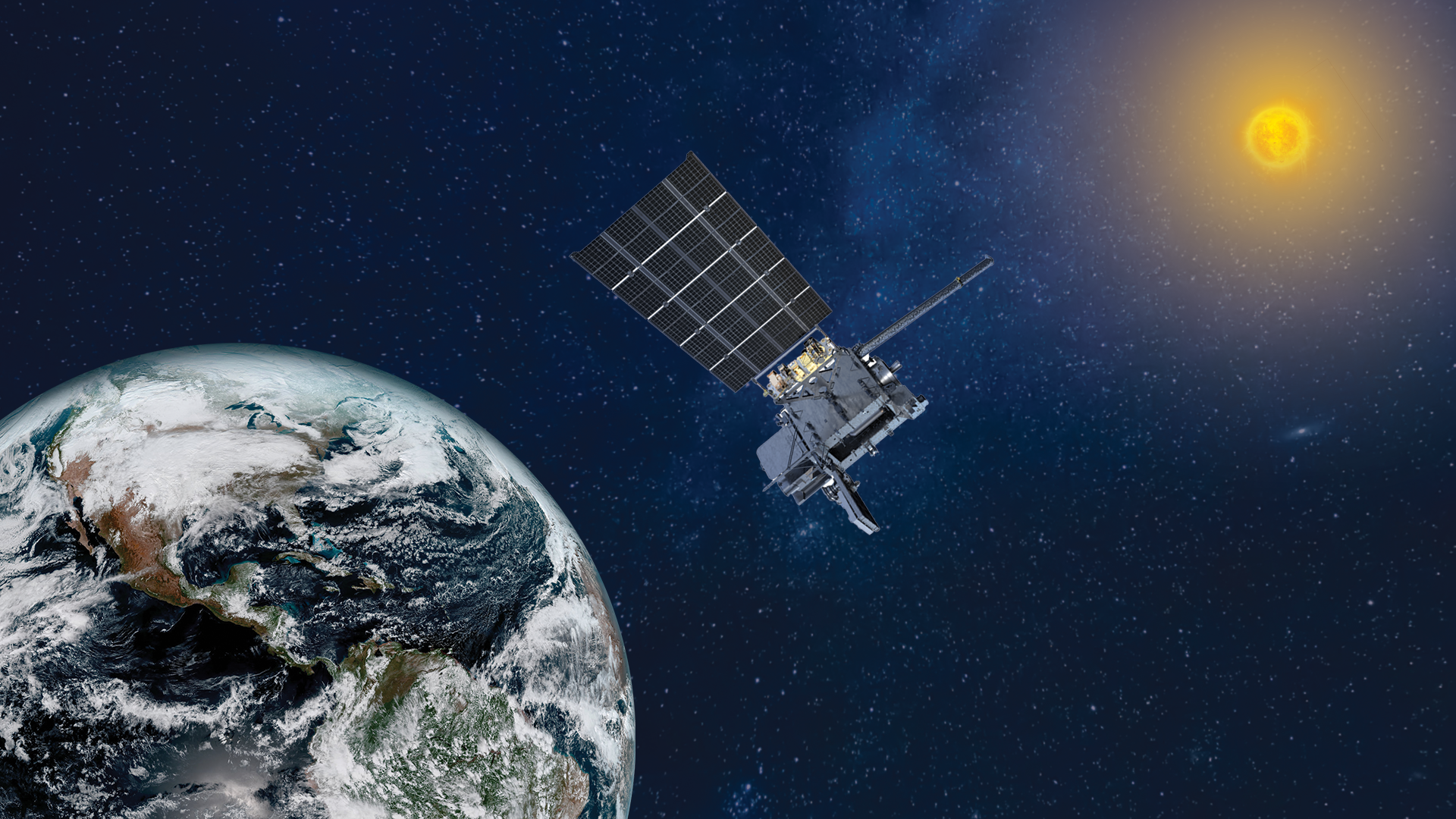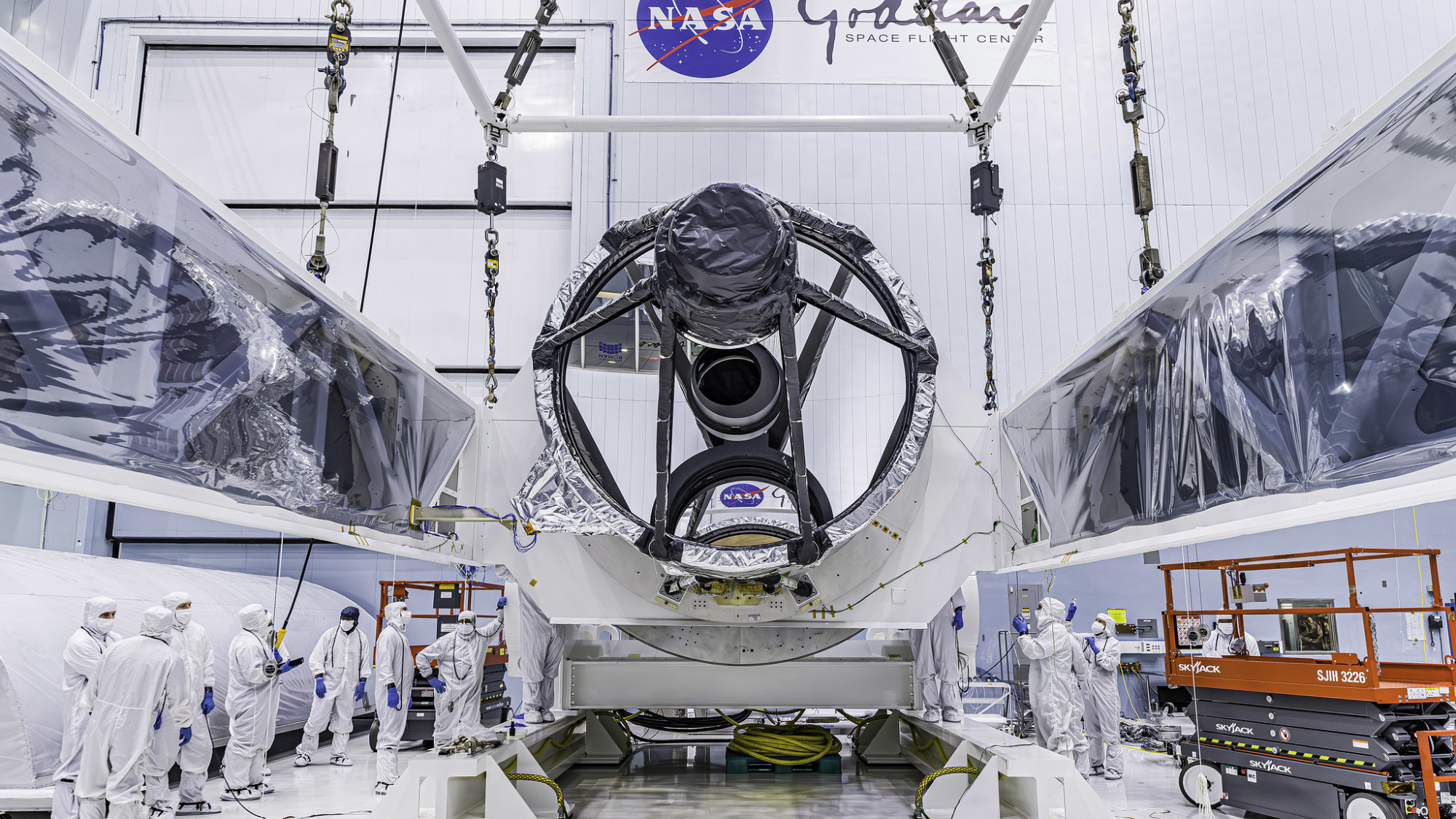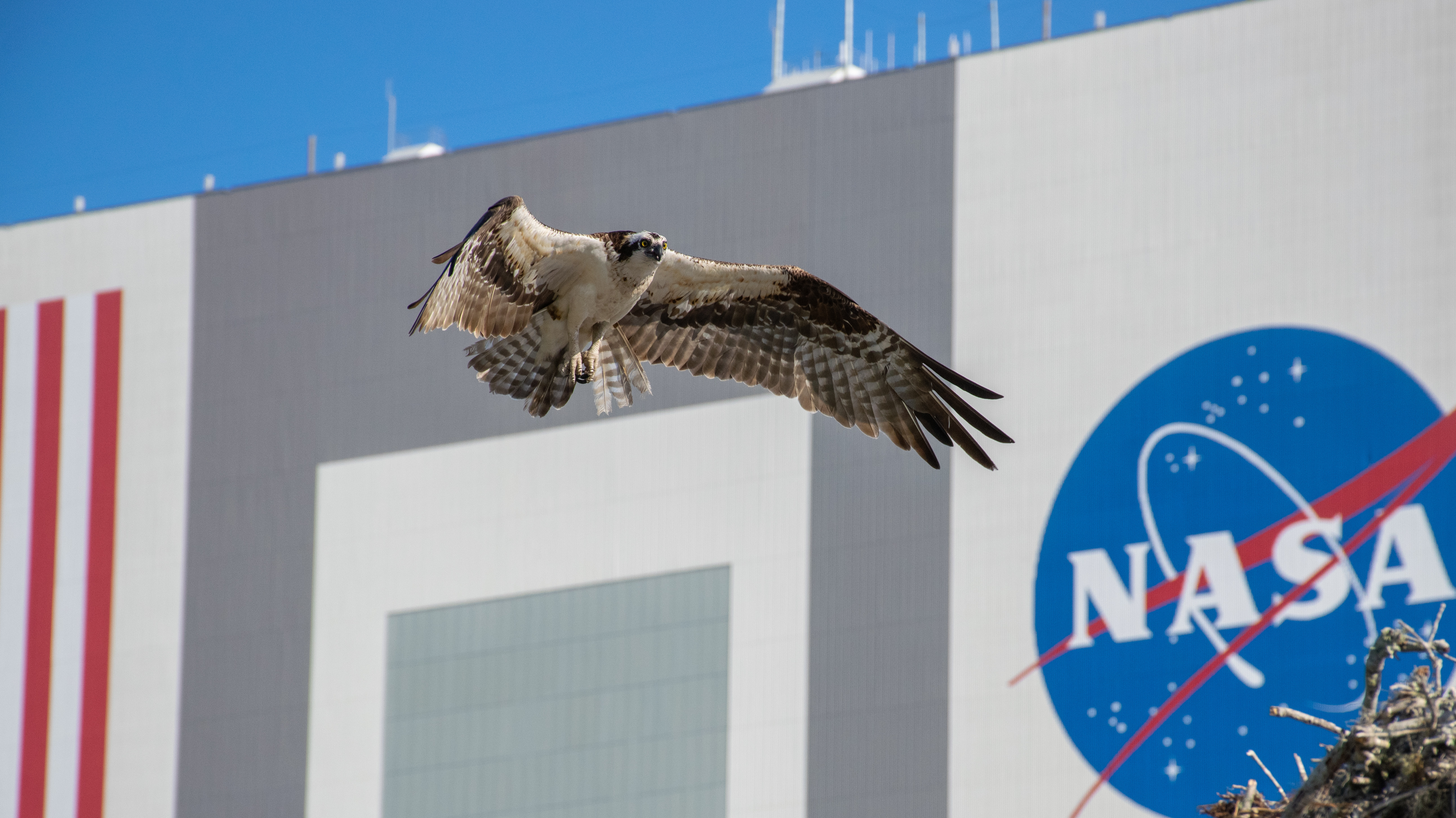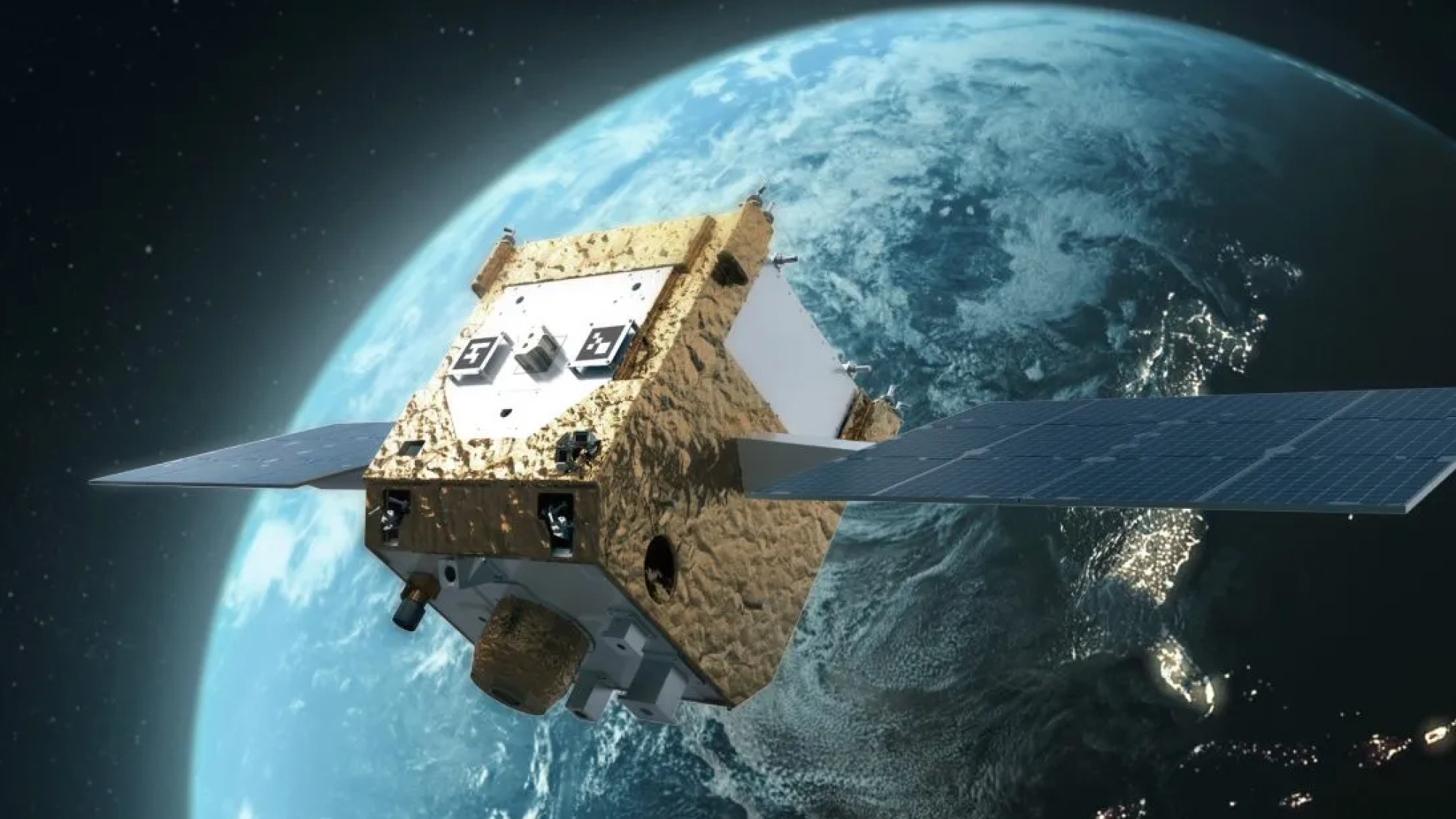A gravitational war next door: The Large Magellanic Cloud is gradually destroying the Small Magellanic Cloud
"This could potentially change our understanding of the history of the three-body interaction between the two Magellanic Clouds and the Milky Way."
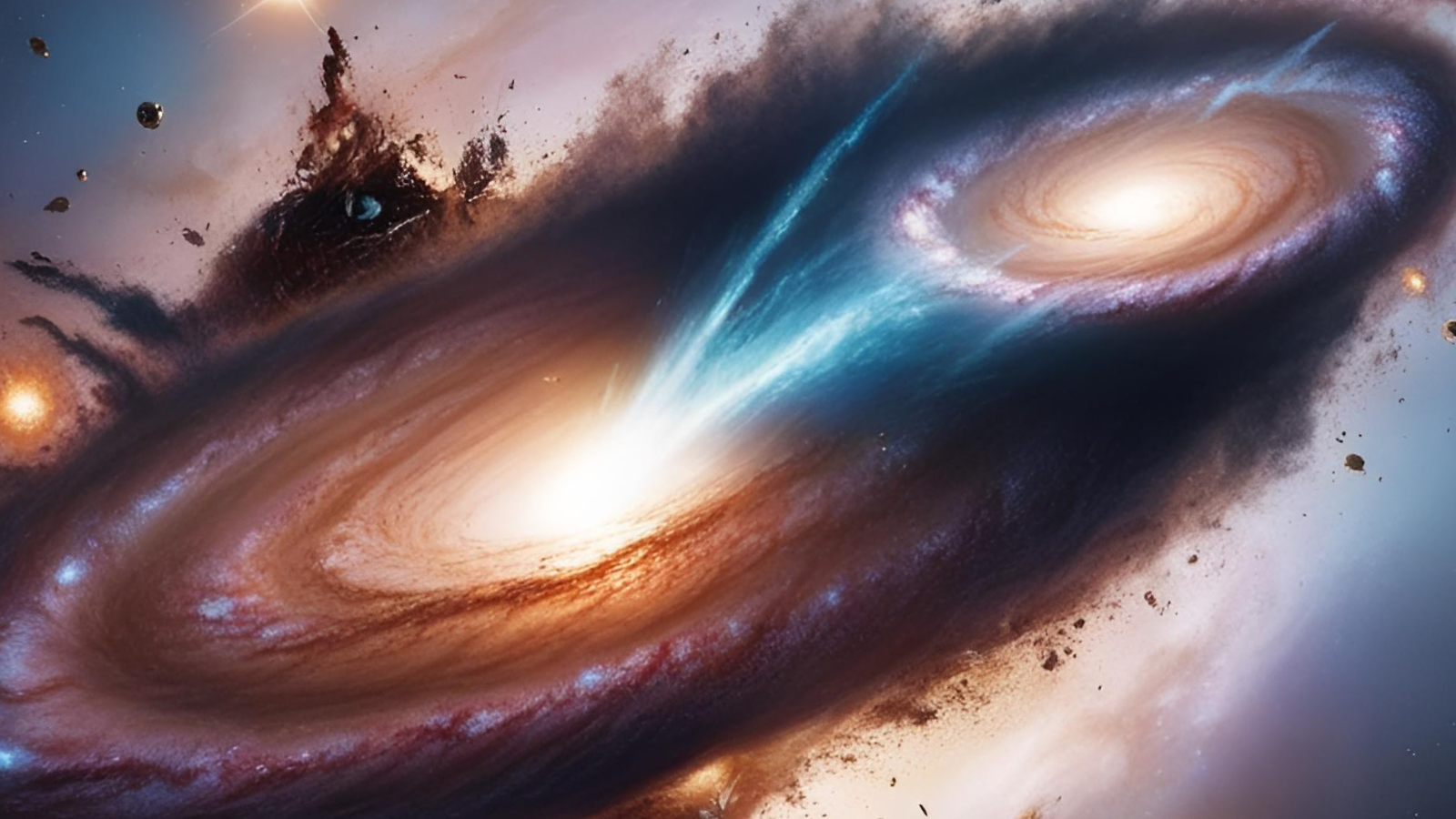
Two dwarf galaxies are waging war in the vicinity of our Milky Way and it looks like there is only one possible victor.
Using tips from the star-tracking Gaia spacecraft, scientists examined the motions of massive stars in the Small Magellanic Cloud (SMC) to find it is being ripped apart by the gravitational influence of its larger counterpart, the Large Magellanic Cloud (LMC).
The results spell disaster for the SMC, suggesting it may eventually be completely destroyed by this interaction. The SMC's loss is astronomers' gain, however, as this event can teach us more about galactic evolution.
"When we first got this result, we suspected that there might be an error in our method of analysis. However, upon closer examination, the results are indisputable, and we were surprised," team co-leader Kengo Tachihara of Nagoya University said in a statement. "The stars in the SMC were moving in opposite directions on either side of the galaxy, as though they are being pulled apart.
"Some of these stars are approaching the LMC, while others are moving away from it, suggesting the gravitational influence of the larger galaxy. This unexpected movement supports the hypothesis that the SMC is being disrupted by the LMC, leading to its gradual destruction."
Is the Small Magellanic Cloud doomed?
Thanks to the proximity of the SMC to our own galaxy, Tachihara and his colleagues were able to identify and track around 700 massive stars in the dwarf galaxy.
These stars, with over eight times the mass of the sun, burn through their nuclear fuel supplies more rapidly than smaller stars do. This means they have much shorter lifespans. While the sun is expected to burn hydrogen in its "main sequence" lifetime for around 10 billion years, massive stars can exhaust their nuclear fuel in just a few million years. After exhausting their fuel supplies, the stars erupt in supernova explosions, leaving behind neutron stars or black holes.
Get the Space.com Newsletter
Breaking space news, the latest updates on rocket launches, skywatching events and more!
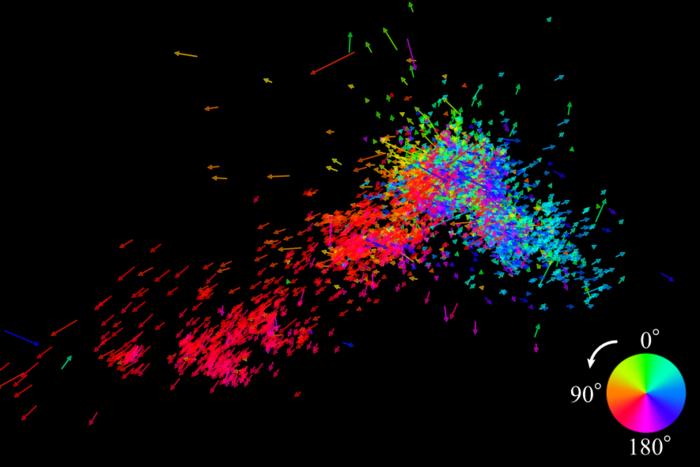
In addition to discovering stars moving in opposite directions on different sides of the SMC, the team also found that the stars in this dwarf galaxy lacked rotational motion. This is surprising because massive stars are born from clouds of collapsing interstellar gas, which, as we have seen in the Milky Way, do rotate. Plus, massive stars usually share that rotational motion when they are young, as they have not yet "decoupled" themselves from their pre-natal cocoons.
This lack of rotating stars in the SMC hints that the interstellar gas in the dwarf galaxy may also not rotate. This could have implications for how we model the SMC and its interactions with the LMC and the Milky Way.
"If the SMC is indeed not rotating, previous estimates of its mass and its interaction history with the Milky Way and LMC might need to be revised," team co-leader Satoya Nakano, also of Nagoya University, said in the statement. "This could potentially change our understanding of the history of the three-body interaction between the two Magellanic Clouds and the Milky Way."
The new findings could help scientists better understand dynamic interactions between galaxies in general. Because the SMC and LMC share many characteristics with primordial galaxies in the early universe, such as the dearth of elements heavier than hydrogen and helium, this research could also help understand how the interactions of galaxies in the early universe shaped the cosmos as we see it today.
"We are unable to get a 'bird's-eye view' of the galaxy in which we live," Tachihara said. "As a result, the SMC and the LMC are the only galaxies in which we can observe the details of stellar motion.
"This research is important because it allows us to study the process of star formation in connection with the motion of stars throughout the galaxy."
The team's research was published on Thursday (April 10) in The Astrophysical Journal Supplement Series.
Join our Space Forums to keep talking space on the latest missions, night sky and more! And if you have a news tip, correction or comment, let us know at: community@space.com.

Robert Lea is a science journalist in the U.K. whose articles have been published in Physics World, New Scientist, Astronomy Magazine, All About Space, Newsweek and ZME Science. He also writes about science communication for Elsevier and the European Journal of Physics. Rob holds a bachelor of science degree in physics and astronomy from the U.K.’s Open University. Follow him on Twitter @sciencef1rst.
You must confirm your public display name before commenting
Please logout and then login again, you will then be prompted to enter your display name.

